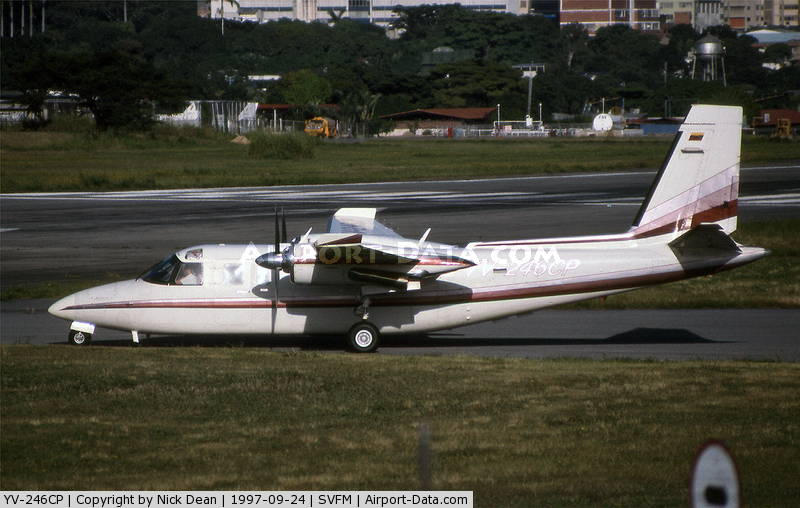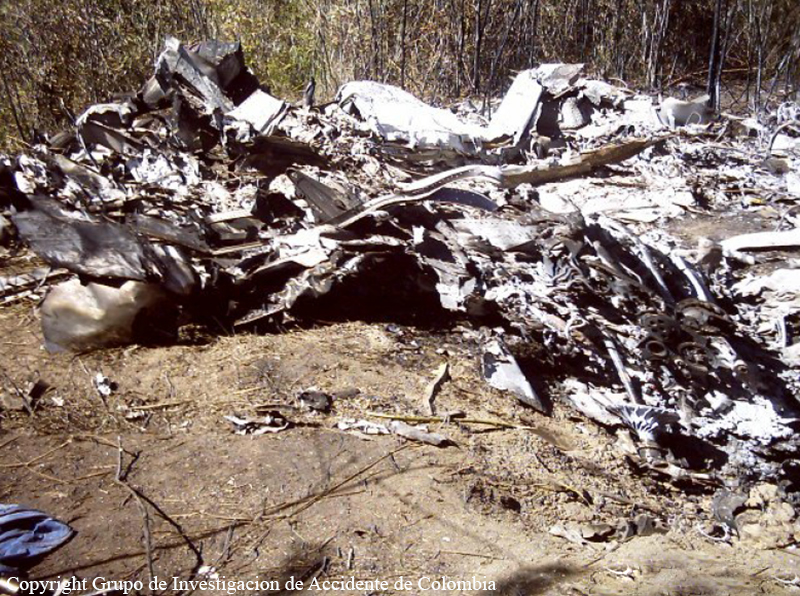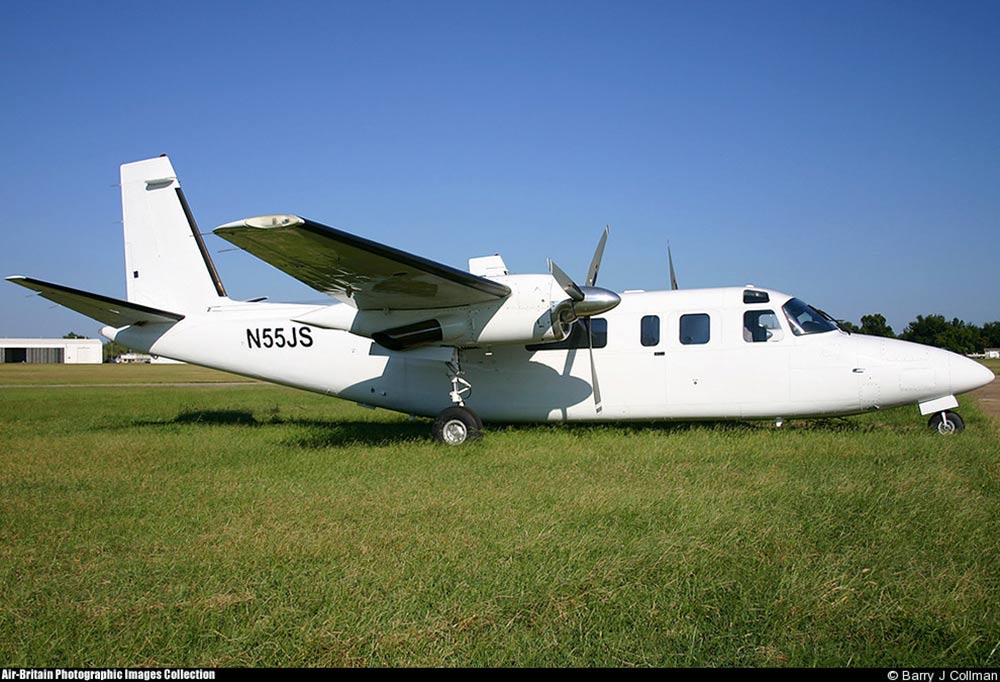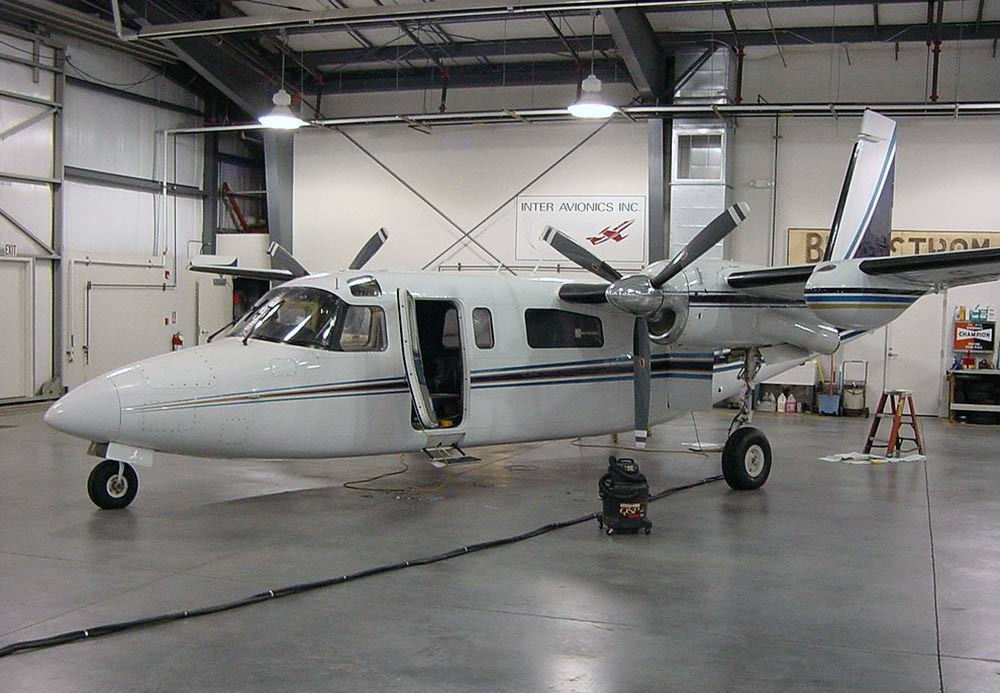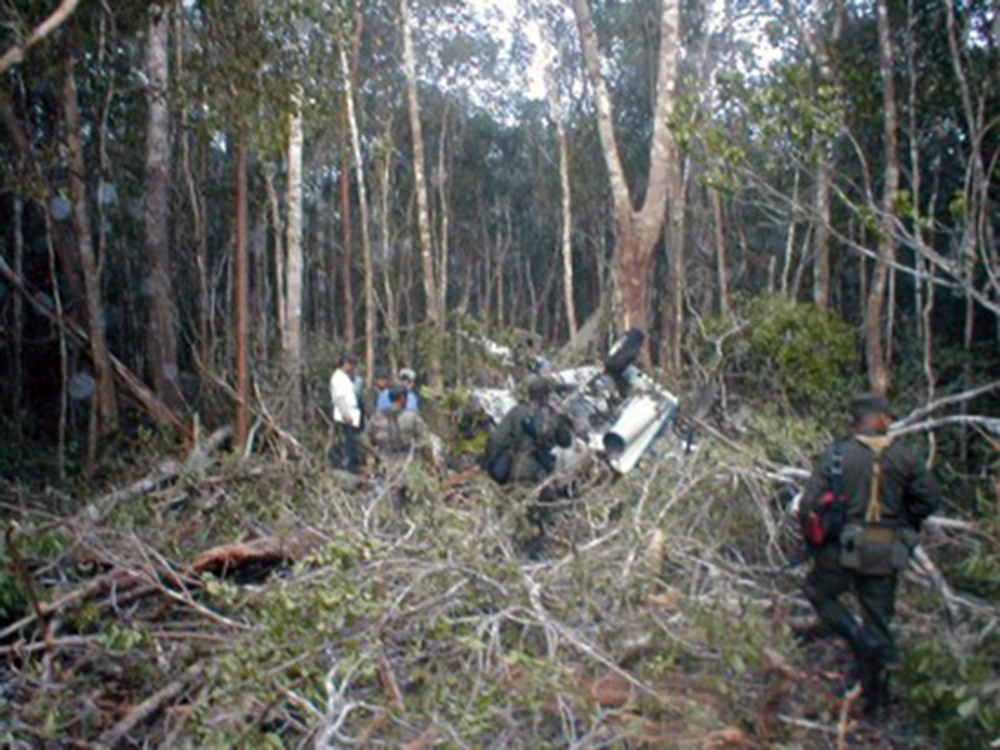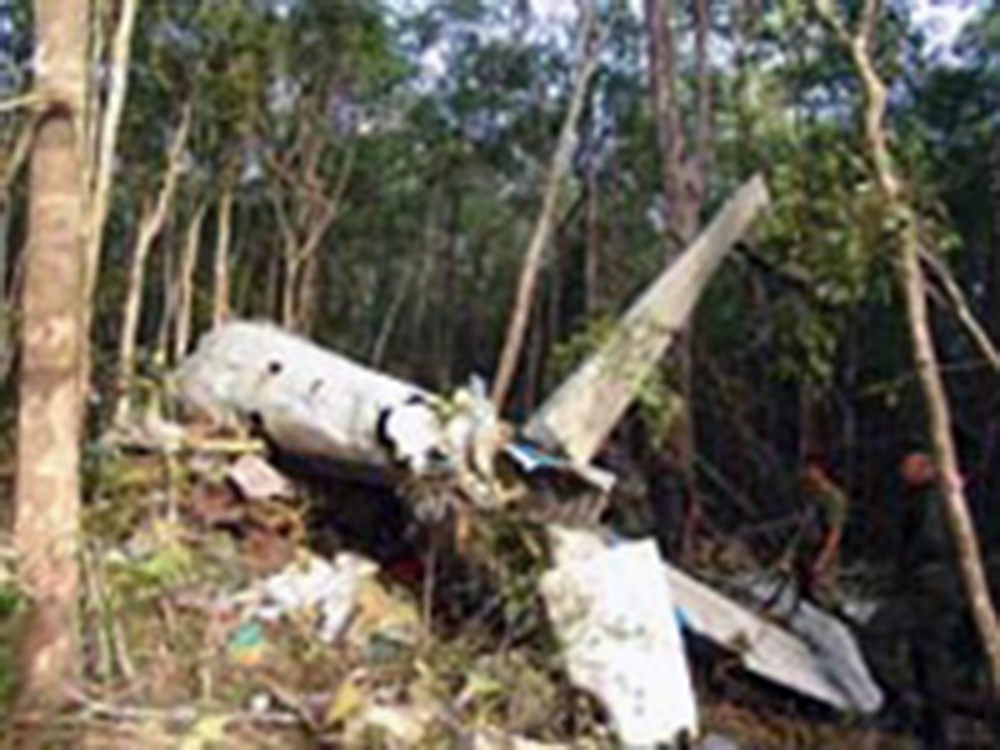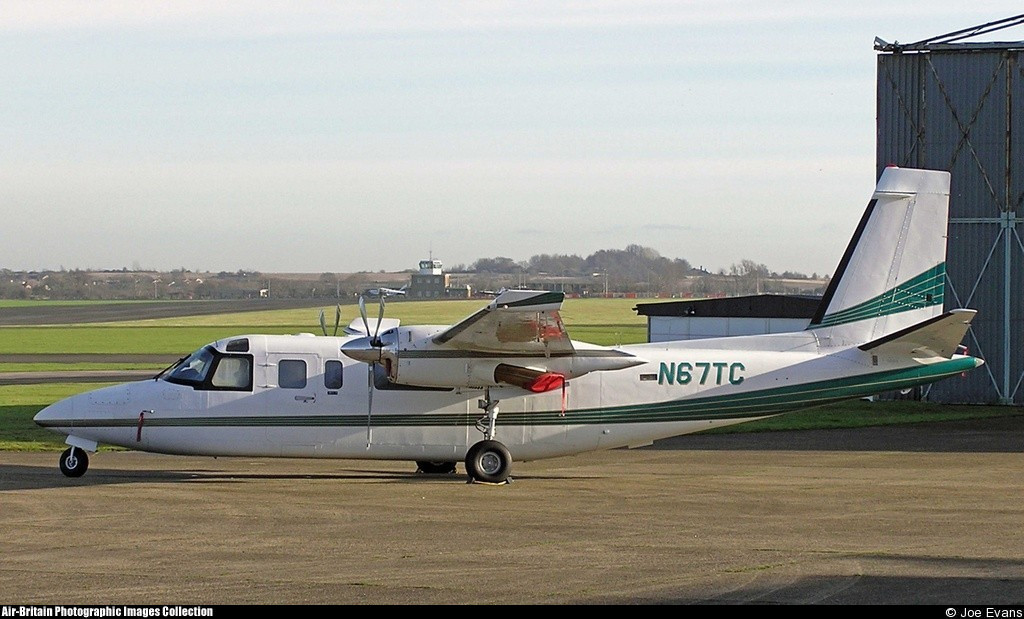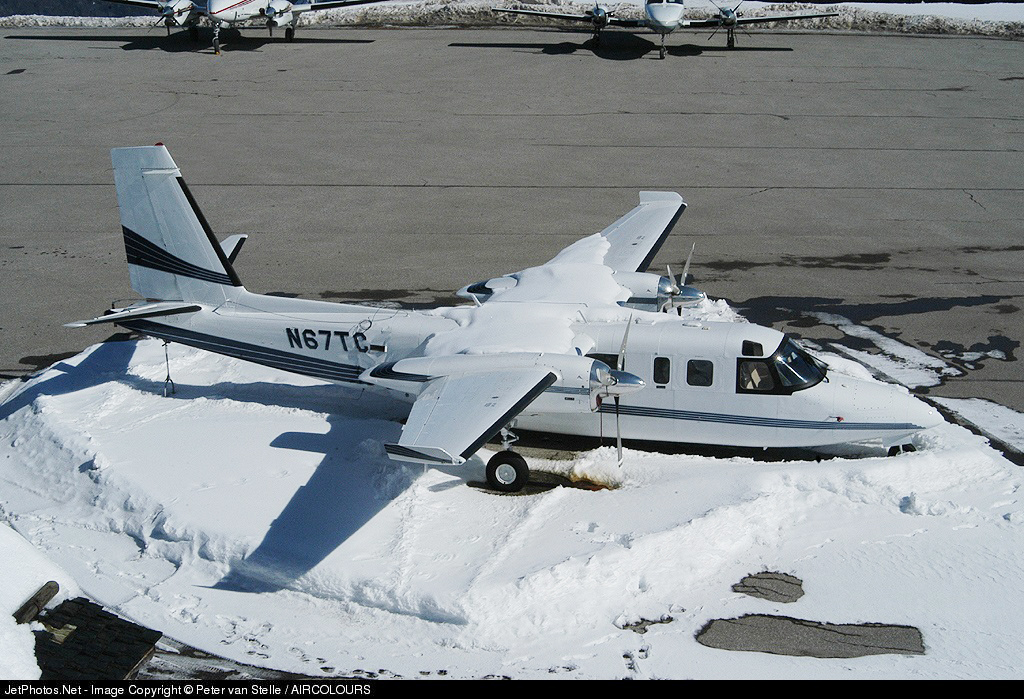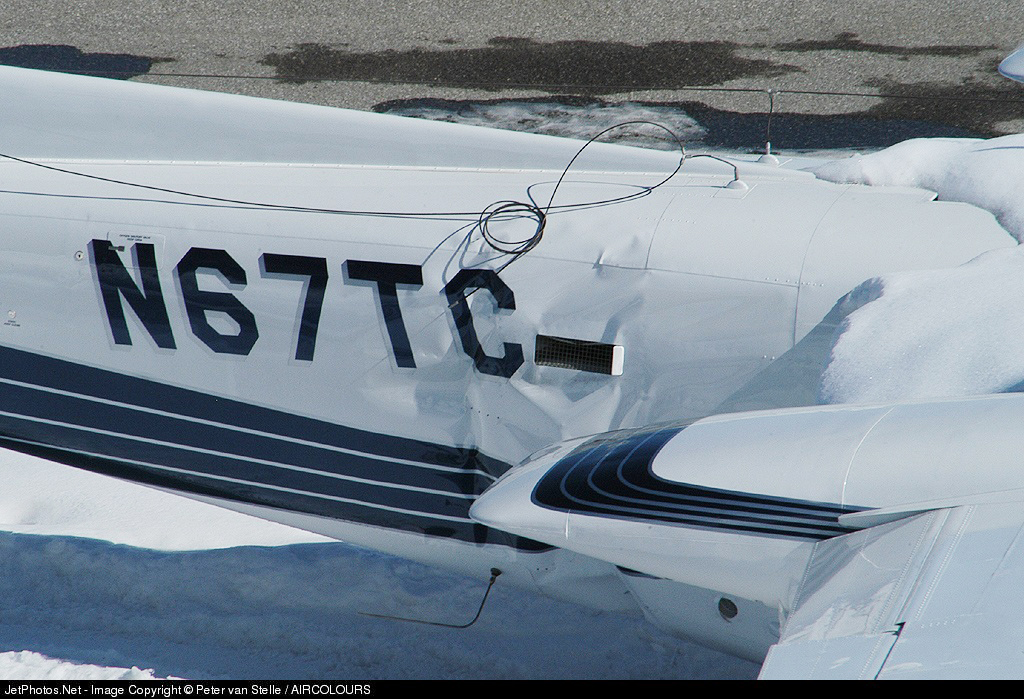Crash of a Rockwell Grand Commander 690A in Valledupar: 4 killed
Date & Time:
Jan 13, 2007 at 2122 LT
Registration:
YV-246CP
Survivors:
No
Schedule:
Maracaibo – Panama City
MSN:
690-11278
YOM:
1976
Crew on board:
1
Crew fatalities:
Pax on board:
3
Pax fatalities:
Other fatalities:
Total fatalities:
4
Captain / Total hours on type:
781.00
Aircraft flight hours:
8197
Circumstances:
The twin engine aircraft departed Maracaibo Airport on a charter flight to Panama City with three passengers and one pilot on board. While cruising over the Sierra de Perija between Venezuela and Colombia, the pilot informed ATC about technical problems. Shortly later, the aircraft entered an uncontrolled descent and crashed in a mountainous terrain near Valledupar, bursting into flames. All four occupants were killed.
Probable cause:
The exact cause of the loss of control could not be determined.
Final Report:
